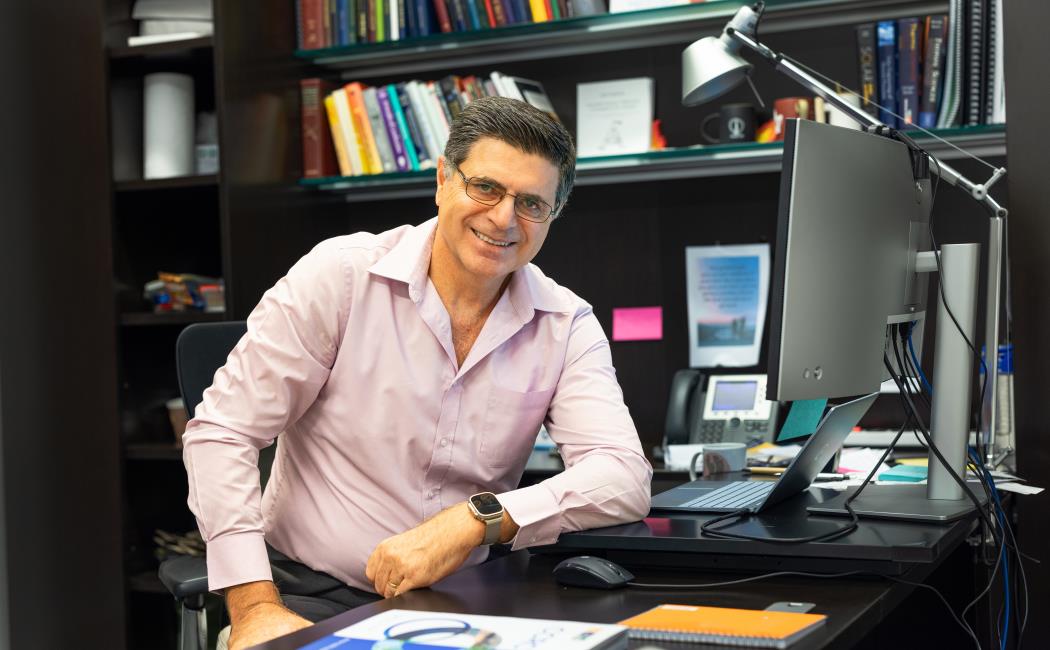


22 November, 2023
Not all sources of renewable energy are intermittent. A continual flow of clean power could be provided by a technology that harnesses the temperature difference between the sea’s surface and deeper waters to generate electricity. The technology could be suited to powering small Red Sea island communities, as calculated by Bassam Dally, a thermo-fluid scientist from KAUST.
Dally came upon the ocean thermal energy conversion (OTEC) concept while exploring alternative potential clean energy sources, he explains. “We were looking at the challenges of storing energy from intermittent renewables such as wind and solar when we realized that we need to broaden our focus,” Dally says. He began to explore energy sources that deliver renewable power more consistently.
Since joining KAUST in early 2021, Dally has investigated the potential for using OTEC technology in the Red Sea. “Surface water temperatures here can get up to 30 or 35 degrees Celsius during summer,” he says. Just 200 meters below the surface, the temperature falls to around 21 degrees Celsius. “Thermodynamics tells us that, once you have a temperature gradient, you have an energy potential you can do something with,” he says

OTEC exploits this gradient in a process called an organic Rankine cycle. The hot water is pressurized, then the pressure is immediately released, vaporizing it. The vapor drives a turbine to generate electricity, before being condensed by the cold water to complete the cycle. The power produced is relatively modest; a full-scale unit might power several hundred homes, Dally estimates.
“But you gain continuous clean energy from a device with a small footprint and very little maintenance requirement,” he says.
OTEC has typically been trialed in areas where deep ocean water as cold as 4 degrees Celsius can be accessed, increasing the temperature differential and the power-generating efficiency of the cycle.
For the Red Sea setting, Dally has run calculations on two possible OTEC enhancements. “We looked at optimizing the cycle by trying to recover some kinetic energy from the discharged fluids,” he says. “We also looked at coupling OTEC with a source of waste heat.” To compensate for the lack of very cold water, Dally explored boosting the hot side using waste heat from various thermal facilities.
Dally found that using waste heat would reduce the OTEC levelized cost of electricity significantly. For island communities such as those planned for NEOM, this work suggests that the technology could be a better option than shipping in diesel to power generators, running electricity cables from the mainland or installing large arrays of solar panels and batteries.
“For island communities such as those planned for NEOM, this work suggests that the technology could be a better option.”
“For niche markets such as small island communities in ecologically or environmentally sensitive areas, it could make a lot of sense to generate electricity this way,” Dally says.
“Discussions with potential investors to fund a pilot of the technology in the Red Sea are now underway,” he adds.